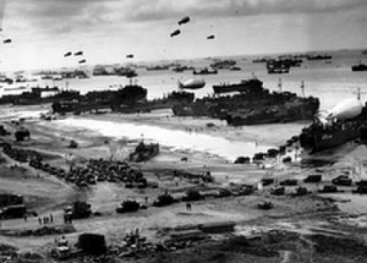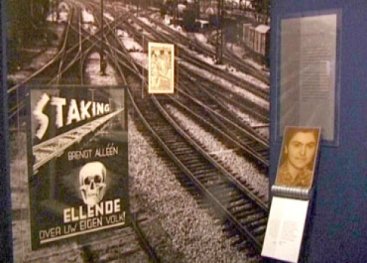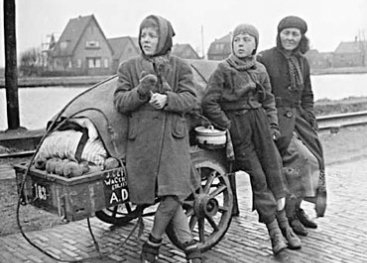
Liberation of the south
Liberation editions
After the invasion and liberation of Antwerp, on Tuesday September 5th 1944, the BBC and Radio Orange broadcast optimistic reports.
Suddenly rumours started spreading about the approach by the Allied Forces. The Dutch population got ready to welcome its liberators.
Some illegal newspapers even published liberation editions.
German soldiers fled

the Germans fleeing. .
The Germans took no action. Instead many German soldiers fled the country. Special trains took 60,000 NSB people fleeing to Germany. On September 6th it all turned out to have been a mistake.
On September 11th, Het Parool wrote:
‘The panic that broke out among the NSB as a result of the premature reports about an Allied advance through Northern Brabant heading for Holland is final proof of how demoralised the traitors party is.’
Southern Netherlands liberated

In September and October 1944, large parts of the southern Netherlands were liberated, in some cases after heavy fighting. Exuberant celebrations were followed by disappointment and irritation.
Contact
Resistance fighters in the still occupied territory in the north tried to establish contact with the liberated south. They succeeded by means of illegal telephone connections and boat crossings over the Biesbosch region’s marshlands.
Cooperating
The Allied leaders and the Dutch officials had trouble cooperating, and there was confusion about their authorities.
Damage
There was a severe lack of food, little work was being done to repair wartime damage, German shelling was causing new damage.


